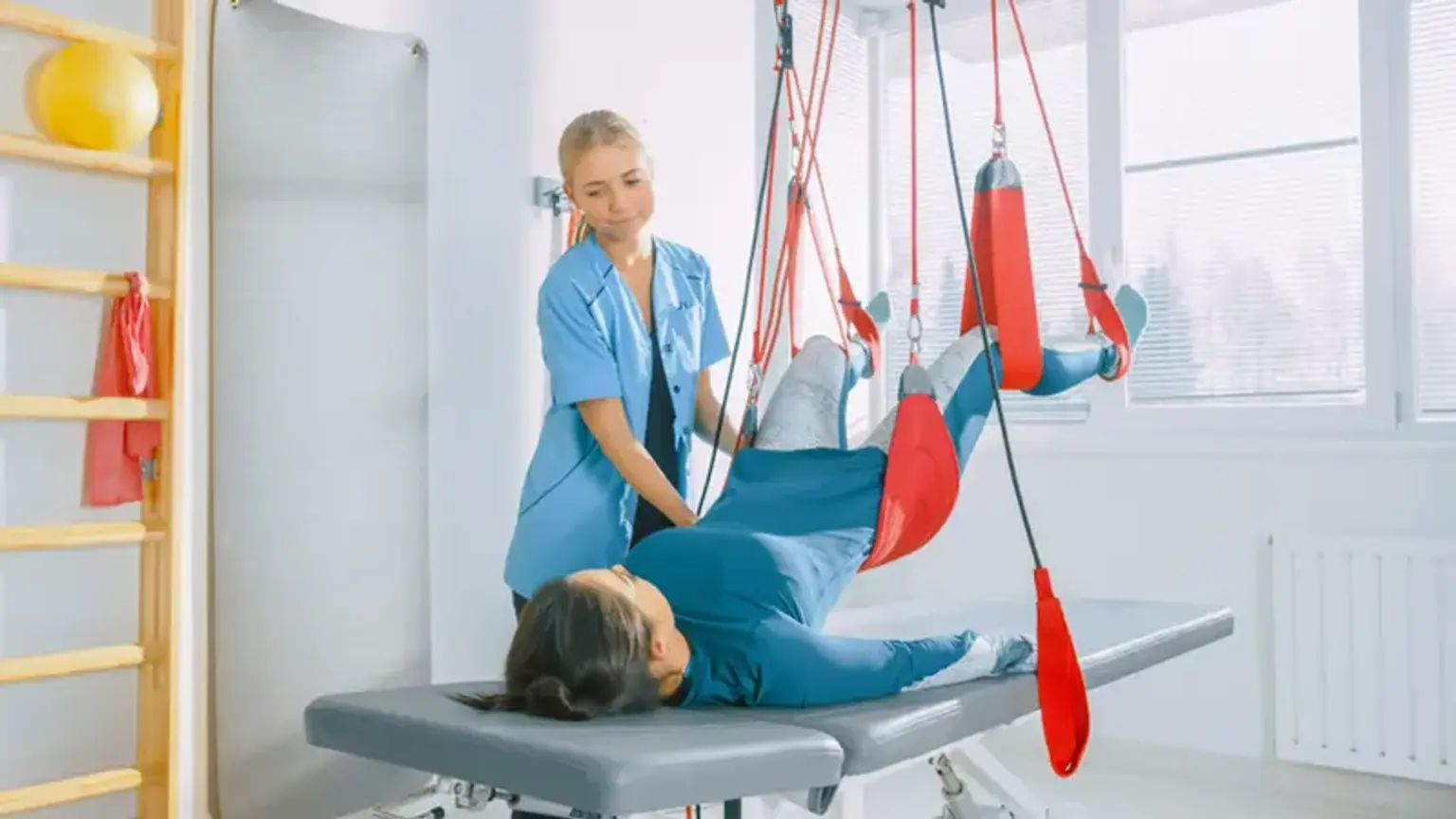Sling Exercise Therapy
Overview
Thousands of individuals worldwide are impacted by major conditions such as low-back pain (LBP) and stroke. As a result, a very effective rehabilitation strategy is required. The most popular techniques used for musculoskeletal rehabilitation include hydrotherapy, electrotherapy, and exercise therapy. Sling exercise therapy (SET) is a promising treatment because of its low cost, efficiency, and ease of use. Furthermore, SET not only guarantees rapid recovery but also serves as a diagnostic tool for detecting biomechanical chain defects.
SET, in particular, is based on slings tied to a specific portion of the human body utilizing ropes and pulleys inside a sling system to help in the treatment of disabilities. There are two types of SETs. The first is a classic SET, which is typically used for uncomplicated training. While Neurac involves a high degree of neuromuscular activation, which leads to muscle strengthening, sensorimotor/balance improvement, increased range of motion (ROM), and pain alleviation, as well as clinical diagnosis for various deficits. SET, for example, has been shown in several trials to have a substantial influence on the restoration of muscular skeletal functioning following stroke and LBP, as well as enhancing breathing and chest expansion.
Furthermore, SET is capable of achieving many goals at the same time. It was claimed that Neurac technique-based training had a significant effect on pain reduction, improved balance, regression fatigability, and treatment of chronic neck pain.
